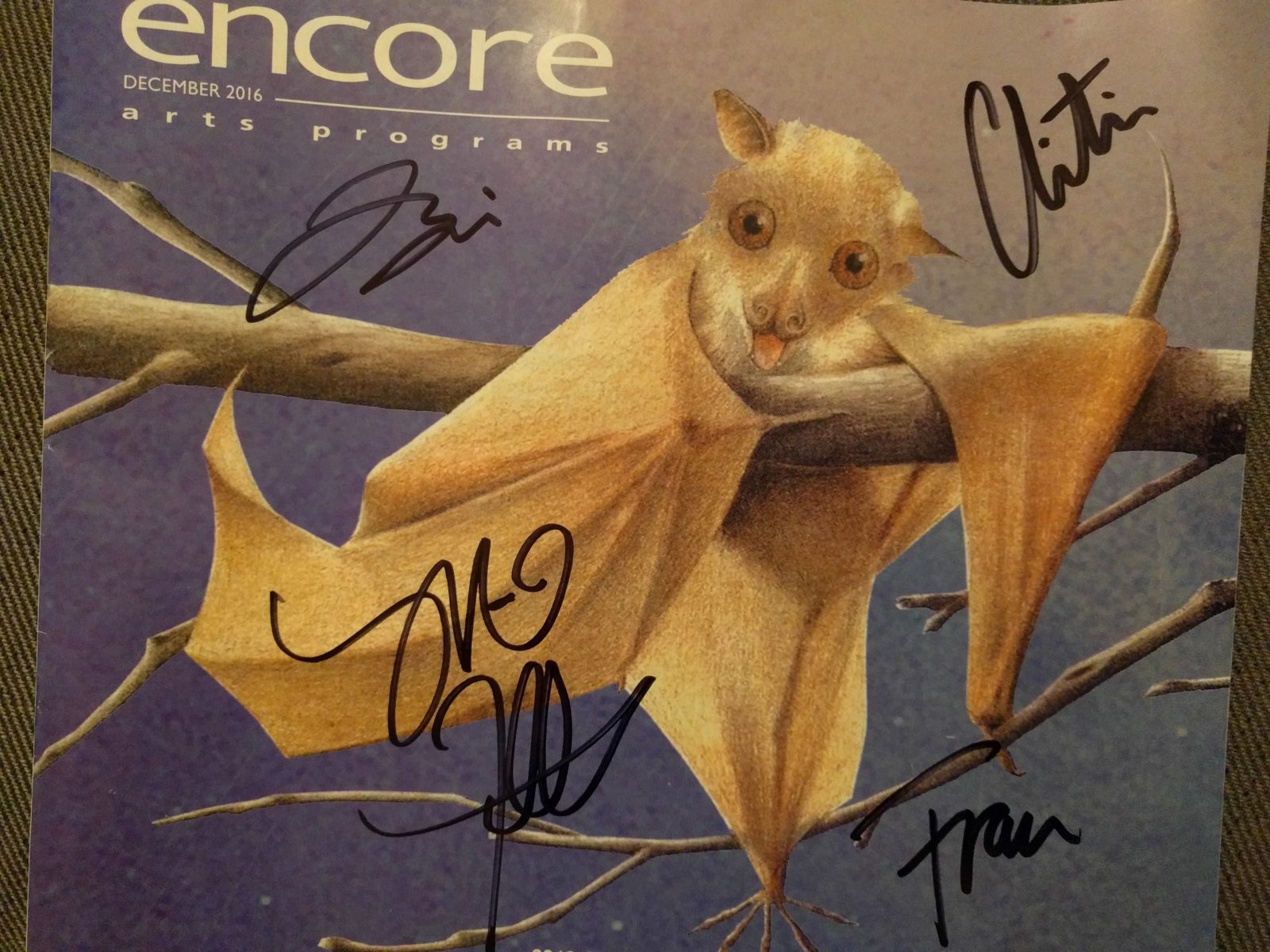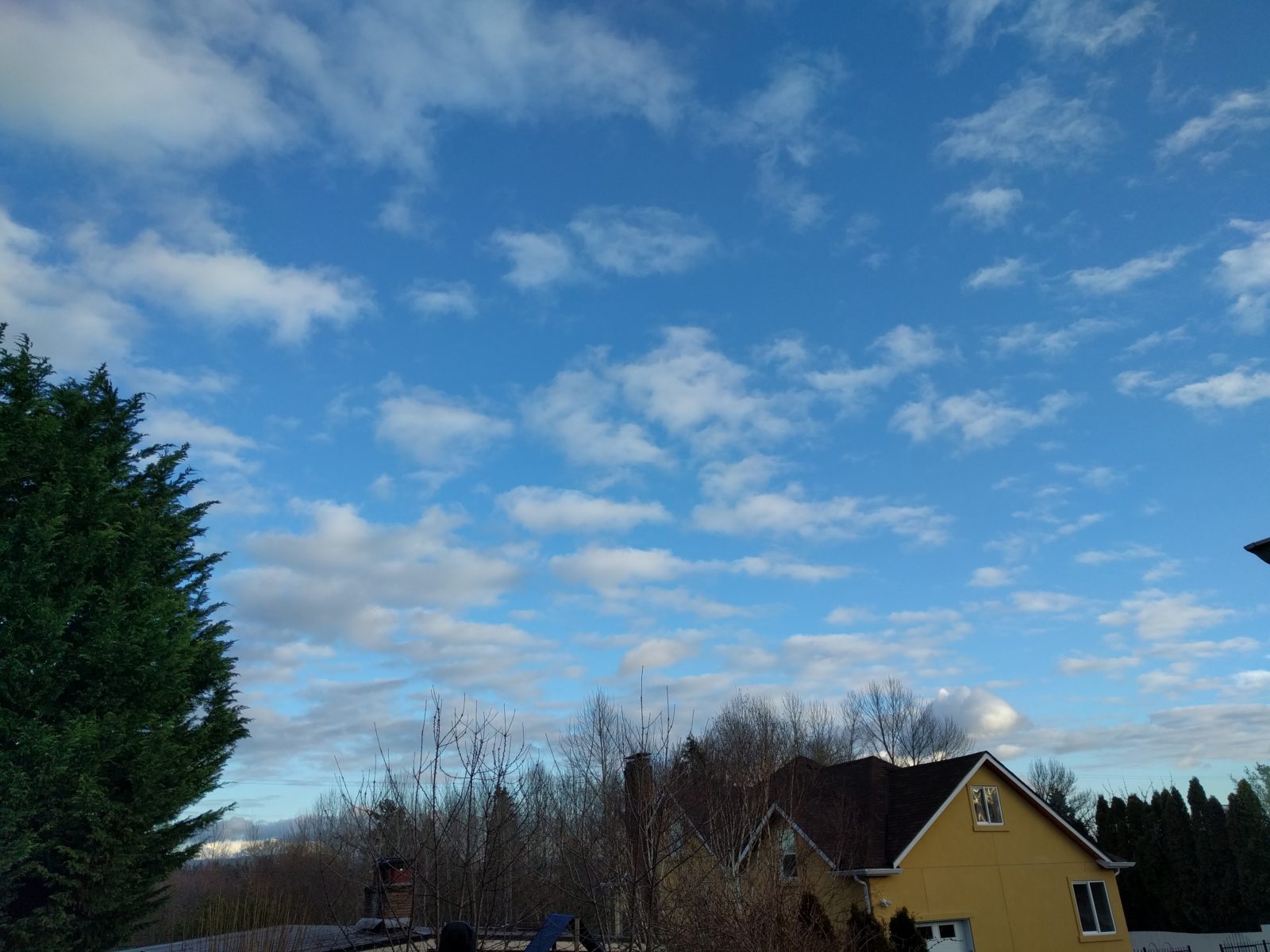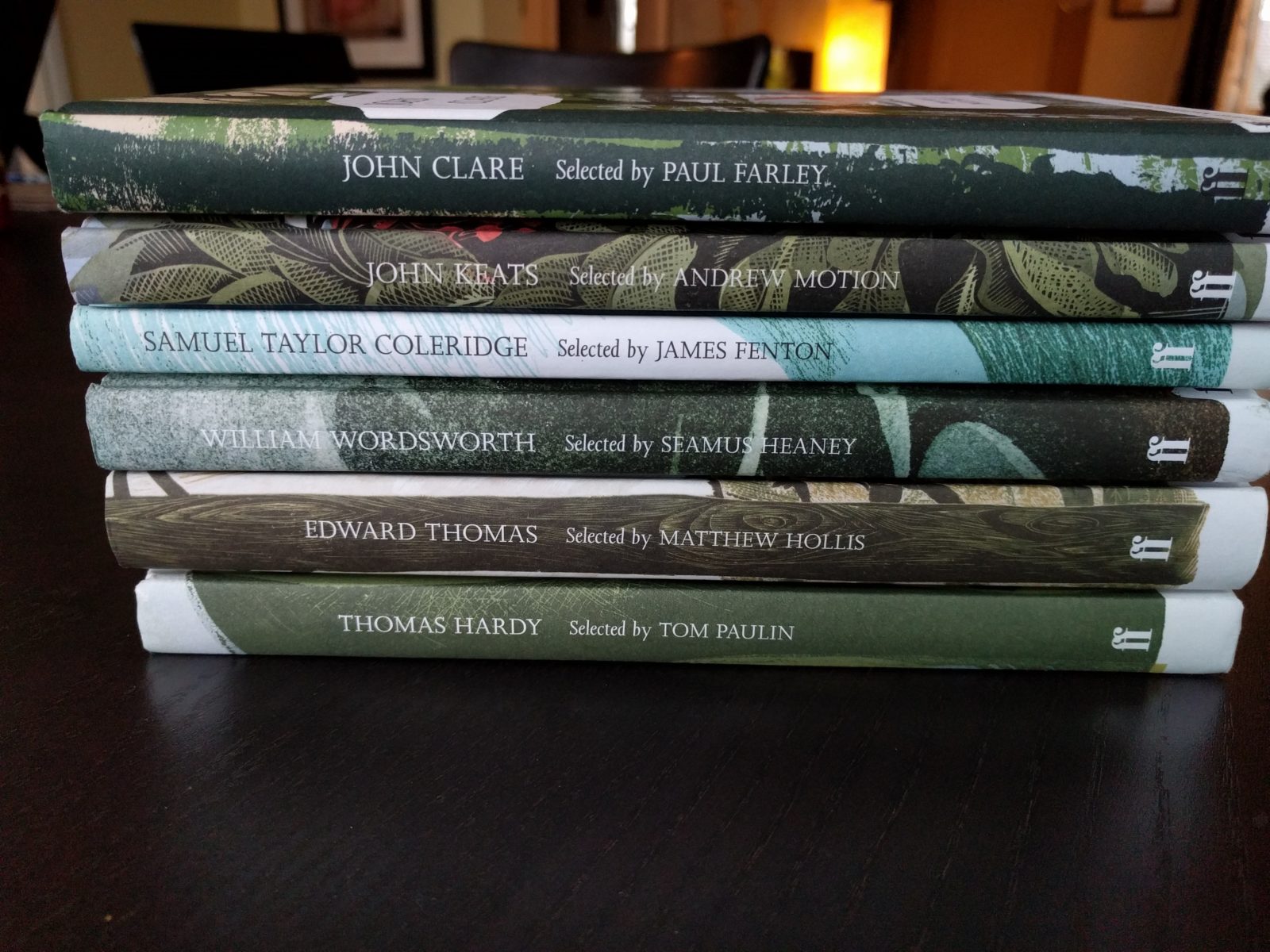In 2016 I’m doing a 365 Nature project. Each day of the year I will post something here about nature. It may be any format, a photo, video, audio, sketch or entry from my nature journal. It could be a written piece. Each day I will connect to nature in some way and share it here by the end of that day. You can keep up-to-date by subscribing to the RSS feed or be notified by email. See all the 365 Nature posts.
Ever since I let the seed feeders run empty due to the Salmonellosis outbreak in western Washington, the suet feeder has become a hot commodity. Typically it’s visited by Dark-eyed Juncos, Black-capped and Chestnut-backed Chickadees, Bushtits and Northern Flickers. When the seed feeders are full there’s little competition over the suet. Today I watched as Starlings – those vilified birds – tried to get to the suet. I had changed to a suet cage after the Gray Squirrels learned how to open our standard suet feeder and take the entire block of suet out. The Starlings do not find getting the suet out of this feeder at all easy. The feeder tips and tilts and the Starlings spend more time flapping and trying to keep their balance than effectively feeding. This is in stark contrast to the Northern Flicker, who balances with ease on the swinging feeder thanks to its stiff tail. As I watched the Starlings, I could see them try to use their tail in the same way the flicker does, but their tails are too short and flimsy to prop them up against the feeder.
The Starlings and flicker had a number of confrontations today. The flicker attempted to drive them away, chasing them on the wing. But as birders know, the Starling strength lies in numbers. While the flicker succeeded in chasing one away, the rest stayed and took advantage of the flicker’s absence.
Then, as I watched and took photos with the window cracked open, I heard a Bald Eagle call. This didn’t surprise me as eagles regularly fly over our house and I have heard their call here many times. However, this time I saw no soaring eagle overhead and I realized it was more likely a Starling – very effectively – mimicking an eagle call. Starlings are well known vocal mimics and though despised by bird watchers here, they enjoy a long history of being admired in Europe. Mozart had a pet Starling who he taught to sing his music. He was apparently very attached to the bird and when it died he buried it with quite a ceremony in his yard and wrote it a poem for the occasion. (see link below for more)
One of our occasional visitors made an appearance today, also drawn in to the suet. The Yellow-rumped Warbler – affectionately called the “butter butt” by birders – spent time between flicker and Starling visits take advantage of the suet. Unlike the juncos, Starlings and chickadees, the warbler doesn’t seem as experienced or skilled at fighting for suet. It was easily chased off the feeder and it either couldn’t figure out how to get inside the cage, or was too timid to commit itself.
There were many birds on the ground as well. Song Sparrows, Robins and White-crowned Sparrows all foraged below, looking for pieces dropped from the feeder. It’s very interesting to see how the dynamic of the bird population changes in the yard depending on what feeders are filled.






